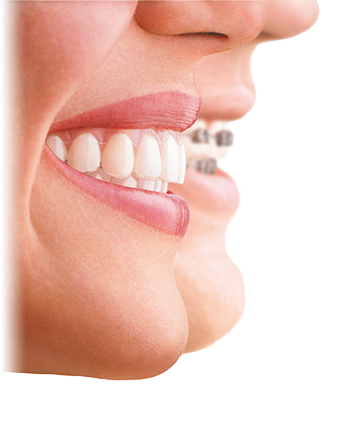 According to a city of Leeds dentist, orthodontics covers one of the most important in dentistry. It centres on the mouth’s occlusion (the bite) and how to remedy any problems in the jaw’s position. This is achieved by correcting the growth of misaligned teeth, the coming together of the teeth, treating bruxism (teeth grinding) and teeth loss. This starts at a young age. Children are susceptible to teeth problems, especially as new teeth form in the mouth, and it is important to tackle any problems early on to protect the occlusion. Crooked teeth need to be addressed by the use of braces. This can take up to 5 years and can be very traumatic for the wearer who will often be subject to playground ridicule. Braces can also be fitted in later life as teeth are lost and subject to movement. But aside from the aesthetic advantages after the brace is removed, the importance of monitoring the occlusion are paramount to the health of the patient. Many of the body’s problems can stem from an unhealthy mouth. A bad occlusion can lead to wear on the jaw, gum disease, headaches, earaches, sinus and eye problems, and pain in the upper back. Before any treatments can be undertaken, any problems of teeth grinding must be addressed before an orthodontist can treat missing teeth with implants or bridges. Chipped teeth will be repaired with crowns, and bite positions (over, under and crooked), corrected with the fitting of a brace.
According to a city of Leeds dentist, orthodontics covers one of the most important in dentistry. It centres on the mouth’s occlusion (the bite) and how to remedy any problems in the jaw’s position. This is achieved by correcting the growth of misaligned teeth, the coming together of the teeth, treating bruxism (teeth grinding) and teeth loss. This starts at a young age. Children are susceptible to teeth problems, especially as new teeth form in the mouth, and it is important to tackle any problems early on to protect the occlusion. Crooked teeth need to be addressed by the use of braces. This can take up to 5 years and can be very traumatic for the wearer who will often be subject to playground ridicule. Braces can also be fitted in later life as teeth are lost and subject to movement. But aside from the aesthetic advantages after the brace is removed, the importance of monitoring the occlusion are paramount to the health of the patient. Many of the body’s problems can stem from an unhealthy mouth. A bad occlusion can lead to wear on the jaw, gum disease, headaches, earaches, sinus and eye problems, and pain in the upper back. Before any treatments can be undertaken, any problems of teeth grinding must be addressed before an orthodontist can treat missing teeth with implants or bridges. Chipped teeth will be repaired with crowns, and bite positions (over, under and crooked), corrected with the fitting of a brace.





 Orthodontics is a branch of dentistry that is specifically focused on correcting problems that arise due to malocculsion, more commonly known as bite. Efforts to correct these problems go back to 1000 years BC and orthodontic materials have been found of both ancient Egyptian and Etruscan origin. Historically, orthodontics was primarily concerned with restorative or medical conditions associated with the jaw and bite but more recently it has increasingly been used for more aesthetic or cosmetic reasons.
Orthodontics is a branch of dentistry that is specifically focused on correcting problems that arise due to malocculsion, more commonly known as bite. Efforts to correct these problems go back to 1000 years BC and orthodontic materials have been found of both ancient Egyptian and Etruscan origin. Historically, orthodontics was primarily concerned with restorative or medical conditions associated with the jaw and bite but more recently it has increasingly been used for more aesthetic or cosmetic reasons.

